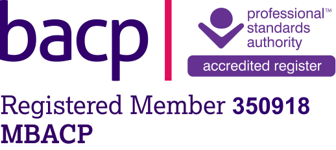You might not yet know how to describe how you're feeling, especially if you're new to therapy. If so, much of the aim of our initial session will be to identify the key areas and struggles you would like to focus on. There's no challenge so great or small that it can’t benefit from the right support.

Depression is the other side of the coin to anxiety. Its function is also deeply rooted in self-preservation. Its symptoms include, but aren’t limited to: social withdrawal, emotional and physical numbness, the inability to enjoy anything (anhedonia), repetitive negative thoughts, difficulty doing even the most basic tasks and general fatigue.
If our anxiety or stress continue to interfere with our daily functioning for an extended period of time, an older part of our brain makes an unconscious, executive decision. If it had a voice this decision would be something along the lines of, “If we had the ability to address the reasons for our anxiety or stress, we would have done something about it by now.

Anxiety is the probably the most well-known condition that we attribute to modern difficulties with mental health. Its symptoms include, but aren’t limited to agitation, unease, elevated heart rate, rise in body temperature, an inability to stay still, racing thoughts, being more easily startled and an inability to focus on anything not related to addressing the anxiety.
Rather than treating the existence of anxiety itself as a problem that requires focus, I try to work with my participants to become aware of the source and purpose of their anxieties. Anxieties that we ignore, avoid or dissociate from have a tendency to reoccur.
